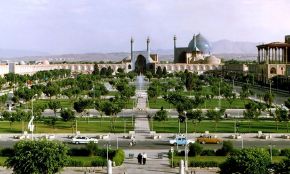
Naqsh-e Jahan Square Historical sequre
Naqsh-e Jahan Square, is a square situated at the center of Isfahan city, Iran. Constructed between 1598 and 1629, it is now an important historical site.
Already a PinIRAN member? Login
Don't have an account? Sign up

Naqsh-e Jahan Square, is a square situated at the center of Isfahan city, Iran. Constructed between 1598 and 1629, it is now an important historical site.
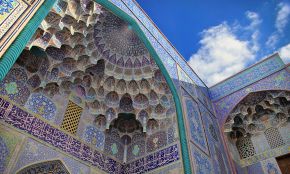
Sheikh Lotfollah Mosque is one of the architectural masterpieces of Iranian architecture that was built during the Safavid Empire.
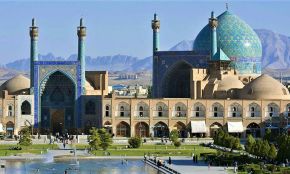
The Shah Mosque, also known as Royal Mosque or Imam Mosque after Iranian revolution, is a mosque in Isfahan standing in south side of Naghsh-e Jahan Square.
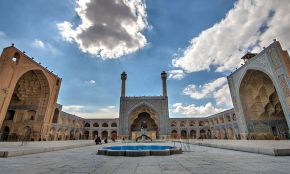
The Jameh Mosque of Isfahan or is the grand, congregational mosque (Jameh) of Isfahan city, within Isfahan Province, Iran.
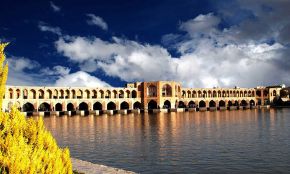
Khaju Bridge is a bridge in the Isfahan, Iran, which has been described as the finest in the Isfahan province. It was built by the Persian Safavid king.
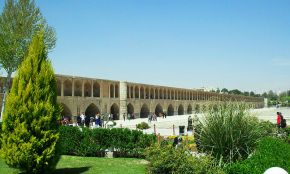
The Allahverdi Khan Bridge, popularly known as Si-o-se-pol, is one of the eleven bridges in Isfahan, Iran and it is the longest bridge on the Zayanderud.
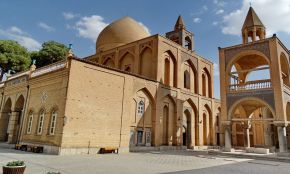
The Holy Savior Cathedral, also known the Church of the Saintly Sisters, is a cathedral located in the New Julfa district of Isfahan, Iran.
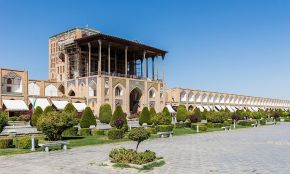
Ali Qapu is a grand palace in Isfahan. It is located on the western side of the Naqsh e Jahan Square, opposite to Sheikh Lotfollah Mosque, and had been originally designed as a vast portal.
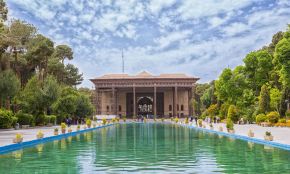
Chehel Sotoun is a pavilion in the middle of a park at the far end of a long pool, in Isfahan built by Shah Abbas II to be used for his entertainment and receptions.
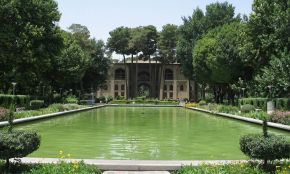
Hasht Behesht, meaning "Eight Paradises" is a Safavid era palace in Isfahan. It was built in 1669 and is today protected by Iran's Cultural Heritage Organization.
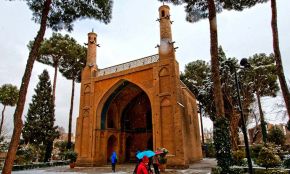
The Monar Jonban, or Menar-e-jomban, is a monument located in Isfahan, in central Iran. Construction began in the 14th century to cover the grave of Amu Abdollah Soqla.